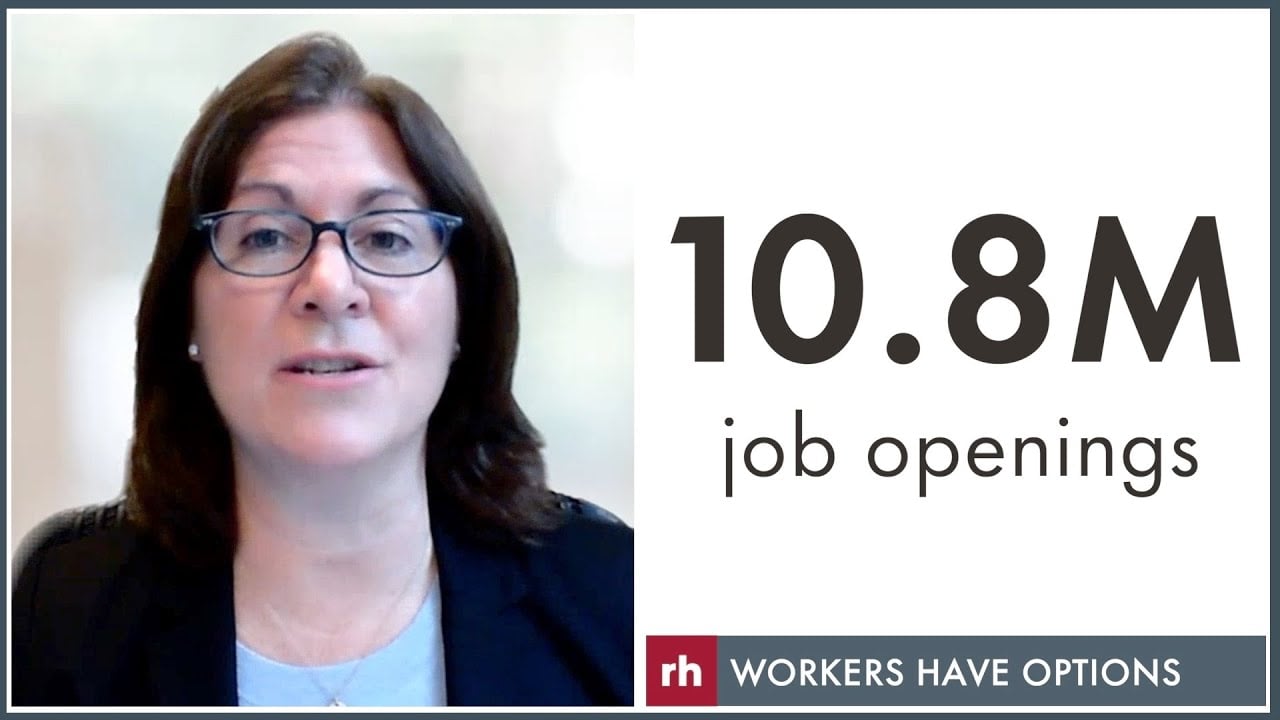The Bureau of Labor Statistics (BLS) reports that U.S. employers added 311,000 jobs in February, exceeding economists’ expectations of 225,000.
The BLS also notes that new job creation in December 2022 and January 2023 was lower than previously reported. With revisions, these months combined saw 34,000 fewer jobs added than the BLS data initially showed.
Unemployment rate rises to 3.6%
The national unemployment rate was 3.6% in February, up from 3.4% in January. Many analysts had predicted that the rate would hold steady in February.
The unemployment rate for college-degreed workers who are 25 or older was 2.0% last month, unchanged from January. These professionals are the most highly sought-after by employers.
Leisure and hospitality led job growth in February
The BLS reports that the leisure and hospitality industry saw significant job gains last month, with employers adding 105,000 positions. Education and health services saw a notable rise in employment in February as well, with employers expanding payrolls by 74,000 jobs.
The following industries also reported notable job gains last month:
- Retail trade: 50,100 jobs added
- Government: 46,000 jobs added
- Professional and business services: 45,000 jobs added – of which 6,800 jobs were in temporary help services
- Construction: 24,000 jobs added
- Wholesale trade: 11,100 jobs added
According to the February jobs report, industries that experienced payroll contraction last month included information (-25,000) and transportation and warehousing (-21,500).
Additional BLS data underscores U.S. employers’ hiring challenges
At the end of January, there were 10.8 million job openings in the U.S., according to separate data from the BLS. That means there are nearly two job openings for every unemployed person.
Workers also remain optimistic about their job prospects: Research from Robert Half shows that nearly half (46%) of U.S. workers plan to seek new positions in the first half of this year. And with many companies across industries still looking to hire in early 2023, it’s a good time for workers to evaluate their career goals and explore their options, including the opportunity to earn higher compensation.
As for employers, understanding workers’ concerns and priorities — and offering support and resources to meet their needs — can help improve recruitment efforts and reduce turnover in a hiring market that remains competitive. Offering flexible work arrangements, for example, could provide employers with an advantage. According to research from Robert Half, 87% of workers considering a job change are interested in hybrid or fully remote positions.
Stay informed about the latest hiring trends: Demand for Skilled Talent
Read the latest issue of Robert Half’s Demand for Skilled Talent report to get details on in-demand positions for several industries, including accounting and finance, administrative and customer support, marketing and creative, and legal. Explore local and remote hiring trends in the United States — and get insight into employers’ hiring challenges and plans, workers’ top concerns, and more.
View The Demand for Skilled Talent report now on the Robert Half website.
More resources from the Robert Half Blog
- 2023 Hiring Trends: Things May Be Better Than They Appear: Take a deeper dive into research for Robert Half’s Demand for Skilled Talent Report and learn why this year’s hiring may not be as sluggish as some had initially predicted.
- How Job Seekers Can Speed Up the Hiring Process: Discover three ways — starting at the interview stage — that job candidates can help an employer move faster to make a hiring decision.
- How to Recruit Employees Who Will Thrive at Your Company: Avoid making costly bad hires with these tips on recruiting employees who are likely to succeed in your organization.








